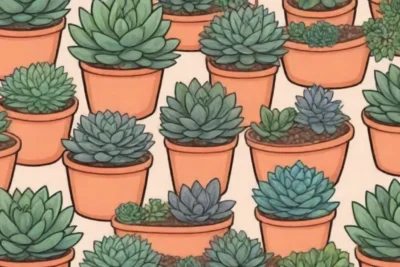
Does Every Succulent Experience Dormancy? Exploring Varieties
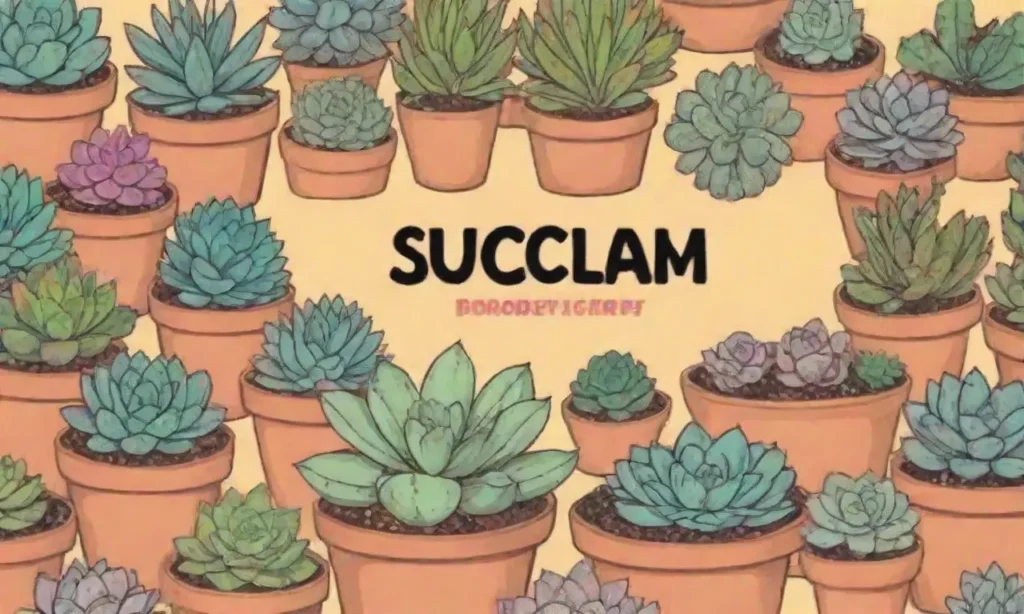
Introduction
Succulents have captured the hearts of plant enthusiasts and beginners alike with their unique forms, stunning colors, and low maintenance needs. Their ability to store water in their leaves, stems, or roots makes them well-suited for arid climates. However, many succulent owners often ponder an important question: Does every succulent experience dormancy? Varieties and care techniques can dramatically alter a succulent’s growth patterns, making this an intriguing topic for exploration.
In this article, we will delve into the concept of dormancy in succulents, exploring which species undergo this phase, the factors influencing it, and how to effectively care for your favorite succulents during dormancy. We'll break down the variations among different succulent kinds, discuss their unique characteristics while dormant, and provide you with tips on how to ensure their health throughout the year.
What is Dormancy in Succulents?
Dormancy is a natural state that many plants, including various succulents, enter as a response to unfavorable environmental conditions. This state allows plants to conserve energy, reduce water consumption, and survive periods of extreme temperatures or drought. During dormancy, succulents will typically stop growing and may even appear to be lifeless, but they are simply preserving themselves for the right conditions to flourish again.
Not all succulents experience dormancy in the same manner. Some varieties may have a pronounced dormant phase where their growth slows dramatically, while others either exhibit mild dormancy or go through seasonal changes that seem less extreme. Understanding these differences can help you tailor your care routine, ensuring a healthy and vibrant succulent collection year-round.
Types of Dormancy
Dormancy in succulents can generally be categorized into two types: seasonal dormancy and stress-induced dormancy. Seasonal dormancy occurs in response to temperature changes—typically in the winter months—when nights become longer and temperatures drop. Conversely, stress-induced dormancy can occur due to drought, overwatering, or other stress factors, compelling the plant to halt its growth until conditions improve.
Knowing the types of dormancy can help you prepare for your succulent's needs. For example, you may need to provide extra warmth and sunlight during the winter months or adjust your watering schedule preemptively if dry conditions are lingering. By tuning into the specific requirements of your succulents during these phases, you can foster their health more effectively.
Do All Succulents Experience Dormancy?
The question of whether every succulent experiences dormancy can be categorized as complex. While many common succulents, such as jade plants (Crassula ovata), aeoniums, and Euphorbias, do enter recognizable dormancy phases, others may not show noticeable changes. Some species are more adaptable to varying environmental conditions and can remain active under a broader range of temperatures and light levels.
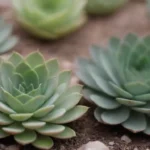 The Artistic Side of Dormancy: Photography and Succulents
The Artistic Side of Dormancy: Photography and SucculentsVarieties that Experience Dormancy
Certain succulent varieties known for their pronounced dormancy include Echeveria, Sedum, and Aloe. These succulents typically slow down or cease growth during cold seasons, requiring minimal water and reduced feeding to preserve energy. During this time, it's vital to ensure that they still receive adequate light, as insufficient light can lead to leggy, unhealthy growth when they come out of dormancy.
When caring for Echeveria, be aware that these succulents thrive in moderate temperatures. During winter dormancy, it's important to keep them in a location with bright light exposure—but be cautious not to expose them to frost. The same applies to Sedum, which is known for its resilience during drought. Once spring arrives, both of these varieties will benefit from a gradual increase in hydration and light exposure to kickstart growth.
Varieties Less Affected by Dormancy
On the other hand, some succulent varieties show remarkable resilience and do not exhibit traditional dormancy at all. For instance, Haworthia and Graptopetalum may continue to grow throughout the year, albeit at a slower pace during colder months. These species are remarkably adaptable and can even thrive in lower light conditions.
If you learn that your particular succulent is one that does not experience a significant dormancy phase, you can maintain a consistent watering and feeding schedule year-round, adjusting slightly to their specific preferences. This adaptability is one of the features that makes these particular succulents suitable for indoor settings where lighting conditions can fluctuate.
Factors Influencing Dormancy in Succulents
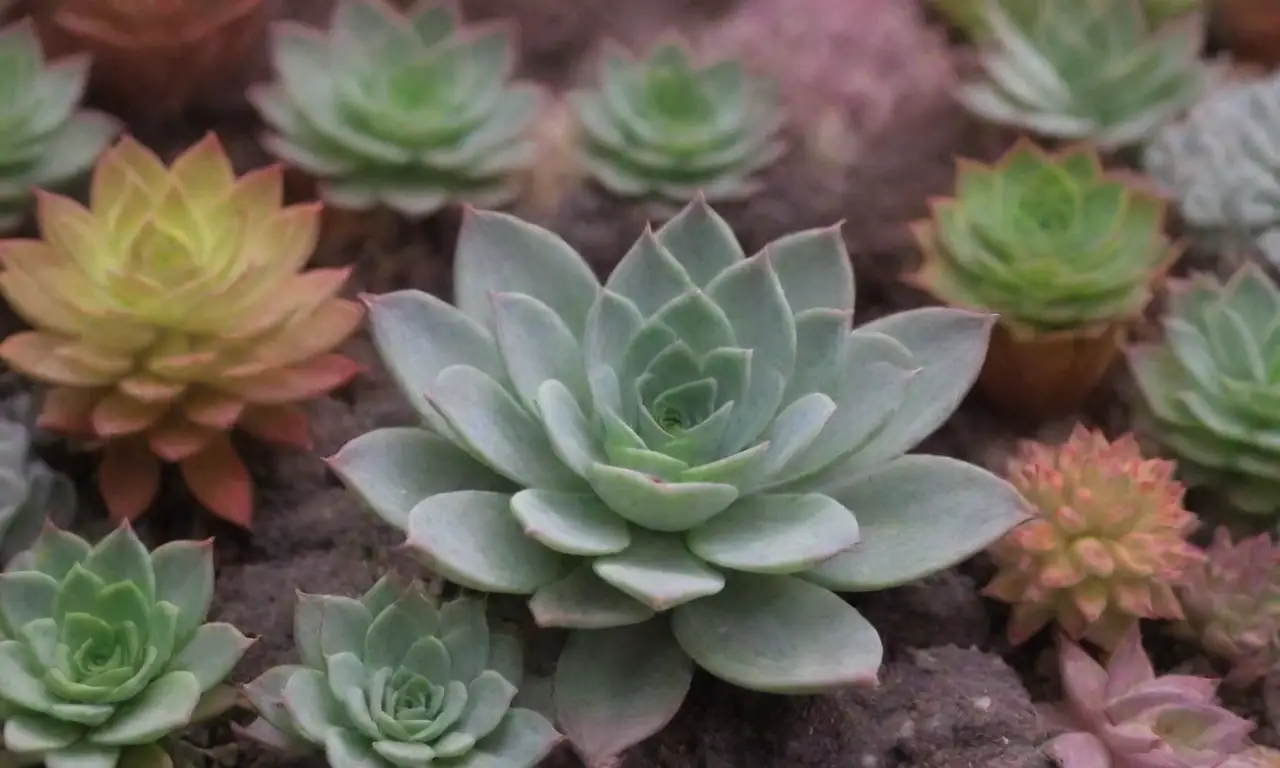
A succulent's growth pattern and dormancy are influenced by a mix of environmental factors. Light exposure, temperature, and watering practices all play significant roles in determining how a succulent behaves throughout the seasons. Understanding these elements will allow you to predict when your succulents may go dormant and how you should adjust your care regimen accordingly.
Light Exposure
Light is perhaps the most critical factor in controlling a succulent's growth and dormancy. Most succulents prefer bright, indirect sunlight. However, when they experience reduced light—such as during winter months—this leads to an alteration in their growth patterns. Plants generally rely on varying light conditions to cue them into their growth cycles. Hence, it becomes important to either rotate your succulents to sunnier spots or use grow lights if natural light conditions are not sufficient.
 When and How to Propagate Dormant Succulents Successfully
When and How to Propagate Dormant Succulents SuccessfullyWhile some species may prefer extended periods of light to thrive, others may benefit from shorter bursts of light—highlighting the need for tailored care routines. Always consider the individual needs of each succulent variety when planning their light exposure to ensure optimal health.
Temperature Preferences
Temperature also plays a crucial role in a succulent's growth cycle and dormancy. For most succulents, a temperature range between 65°F to 75°F is ideal for their active growth period, while nighttime temperatures can drop to around 50°F. However, succulents can enter a dormant state when external temperatures consistently fall below 50°F. If your environment experiences extremely low temperatures, consider bringing your succulents indoors or providing additional insulation.
It's advisable to keep succulents away from cold drafts or any heating vents, as sudden temperature fluctuations can stress the plants, potentially triggering premature dormancy or other health complications. Proper temperature control ensures that your succulents can experience their dormant period as intended without any extreme detriments to their health.
Watering Habits
Watering practices play a pivotal role in succulent care, especially during their dormant periods. One of the common mistakes succulent owners make is overwatering during dormancy due to misjudging their plants’ needs. During these phases, succulents require significantly less water to prevent root rot. Typically, you may only need to water once every few weeks or just when the soil is completely dry. Establishing a controlled watering routine ensures your succulents will survive the dormancy effectively.
However, it’s important to keep in mind the specific requirements of each succulent type. Different species may have varying water needs even during dormancy, so always observe your plants for signs of dehydration or overwatering, adjusting your routine accordingly.
Conclusion
Understanding whether every succulent experiences dormancy is a multifaceted question with numerous answers, largely dependent on specific succulent species and environmental conditions. While many popular varieties exhibit recognizable dormant phases, others remain adaptable and continue to thrive without drastic seasonal changes. Familiarizing yourself with these differences can help you create a customized care routine that ensures your plants remain healthy and vibrant throughout the year.
By adjusting environmental factors such as light exposure, temperature, and watering habits, you can successfully navigate each succulent's particular dormant and active cycles. Embracing the unique features of your succulents allows you to cultivate a stunning collection and enjoy the beauty they bring to your life.
 Preparing Your Succulents for Dormancy: Key Steps to Follow
Preparing Your Succulents for Dormancy: Key Steps to FollowAs you gain experience and knowledge about individual succulent varieties, you'll enhance your gardening skills and nurture happy, thriving plants. Whether you are growing Echeveria, Haworthia, or Sedum, each variety offers fascinating insights into the broader world of succulents, helping you greet their dormancy with informed care. So dive in, explore, and enjoy the wonderful journey with your beloved succulents!
If you want to read more articles similar to Does Every Succulent Experience Dormancy? Exploring Varieties, you can visit the Dormancy Period category.

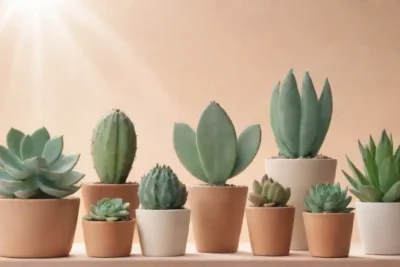
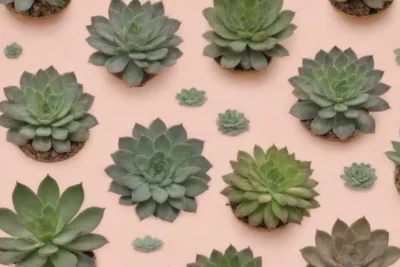
You Must Read